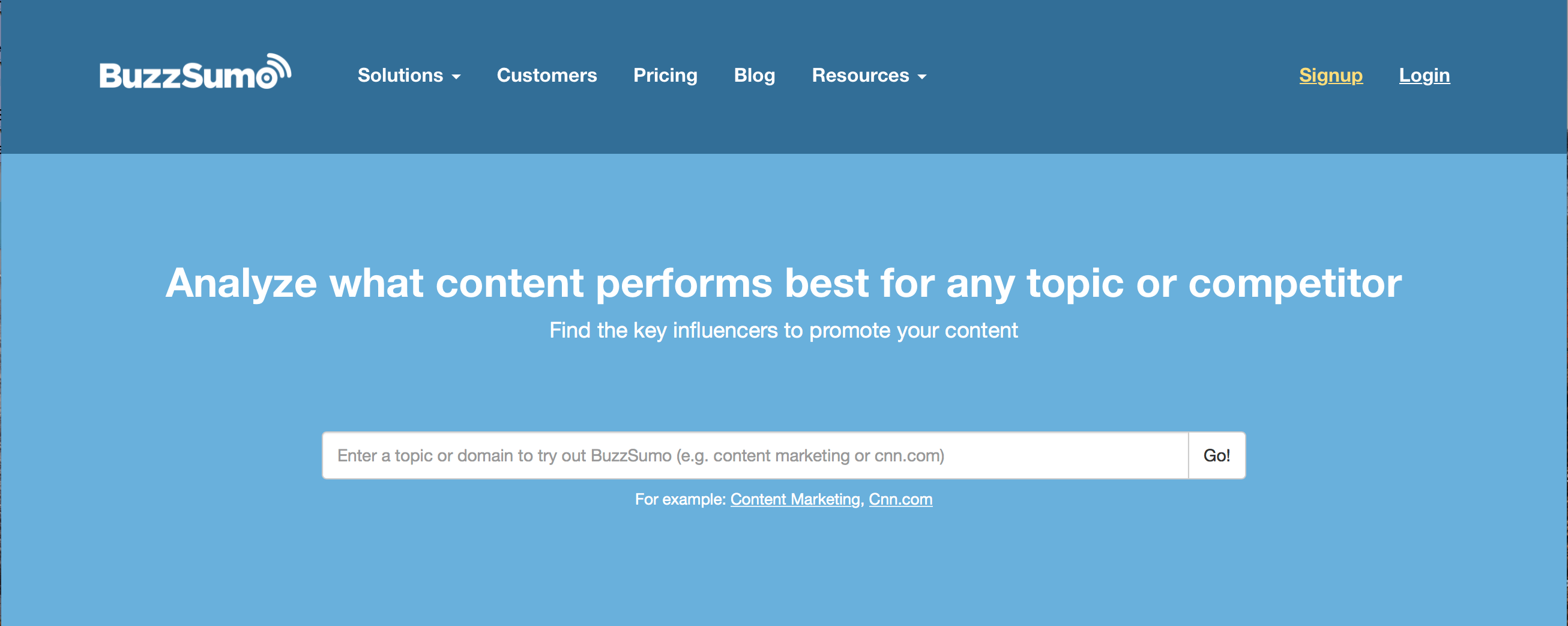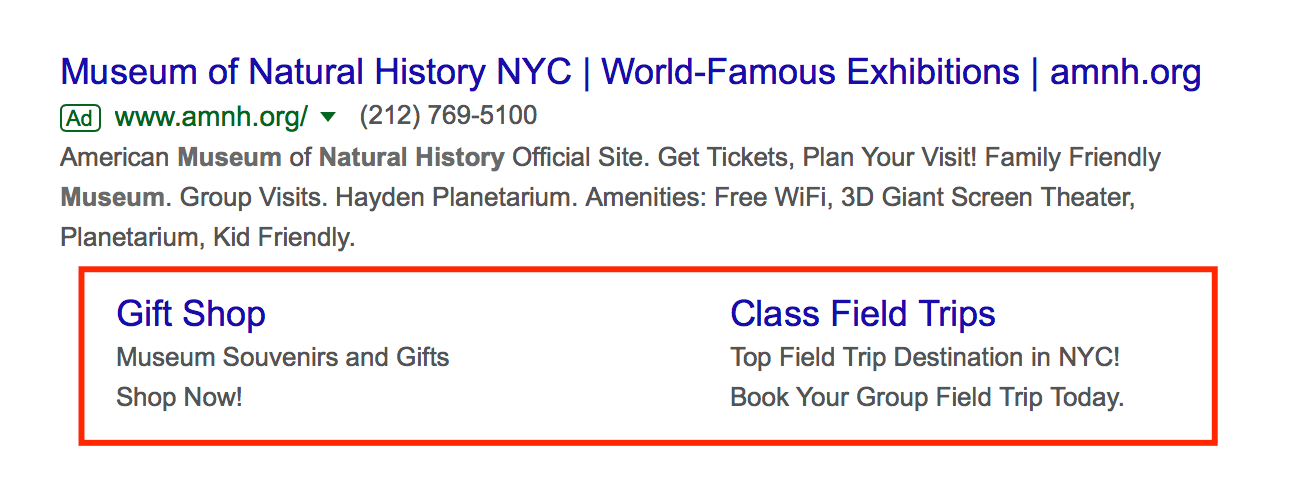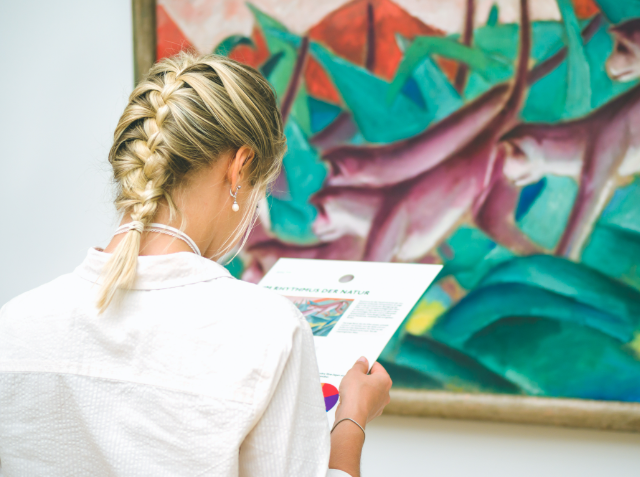- Home
- Industries
- Tourism Hospitality
- Museums PPC for Museums: 7 Tips for Your Next Campaign
PPC for Museums: 7 Tips for Your Next Campaign
Boost your museum’s foot traffic with effective PPC ads. Use keyword research, target audience specifics, and smart timing for ads. Balance your budget, use negative keywords, and test landing pages for best results.
-
insights from 38,900+ hours of hospitality marketing experience
Did you know that 41% of all clicks go to the top three paid ad spots in search results?
Pay-per-click (PPC) ads help your museum connect with more interested visitors and boost foot traffic to your location. Want to learn more about how PPC can drive valuable business for your museum? Take a look at these seven tips for creating effective PPC ad campaigns.
If you need help creating a PPC campaign that drives effective results, call us today at 888-601-5359 to speak with a strategist about creating a customized PPC campaign.
1. Conduct keyword research to find relevant keywords for your PPC ads
When you run a PPC campaign, you must select the keywords or phrases you want to trigger your ads. For example, an art museum may want their ads to appear when people search “best art museums in [city].”
To find relevant keywords for your PPC campaigns, you must conduct keyword research.
There are numerous keyword research tools you can use to help you find the right keywords. These include keyword tools like KeywordsFX and Buzzsumo. You can utilize these keyword tools to help you find a list of keywords you can use in your listing.

When you conduct keyword research, focus on long-tail keywords. These are keywords that contain three or more words. An example of a long-tail keyword is “museums in Harrisburg, PA.”
Long-tail keywords are specific and show user intent. When someone searches “museums in Harrisburg, PA,” you know what they want to find. With a keyword like “museums,” someone could be looking for different types of museums, looking to visit a museum or information about working at a museum.
Conducting keyword research allows you to find the most valuable terms for your museum and tailor your ads to reach more visitors.
Hear What It’s Like to Work With WebFX!

“All of my interaction with our account manager has been so positive. I worried about the amount of money I was spending and she has made it worth my while. I understand there is a team behind her as well but I have been so impressed. Her responsiveness is outstanding.”
Real Estate Rental
2. Tailor your museum’s PPC ads to your target audience
When you run a PPC campaign, you want to ensure that you’re targeting the right people. Set your target audience to ensure that you’re only reaching people that want to visit your museum.
To do this, determine who is most likely to come into your museum. You want to establish crucial demographic information, like gender, age, occupation, and income. These are essential factors that influence how you market your business.
You also want to get to know their spending habits, hobbies, and interests. These are also essential factors that influence how you advertise to your audience because you want to ensure that you appeal to them.
By establishing your target audience, you will create PPC ads that appeal more to your audience. It’s the best way to help your business create an effective advertising campaign.

3. Establish your budget and set your bid amount
Once you have your keywords selected, you place your bid amount for those keywords. With PPC, you only pay when people click your ads. You want to set a strategic bid amount to ensure you’re getting the most from your campaign.
First, you must establish your budget for your PPC campaign. When you look into PPC pricing for museums, you will find that there is no set budget amount you must have to start a campaign. You can run a PPC campaign with any amount.
The important part is that you find a balance between spending enough and working with your budget. You won’t generate the same results with a $100 budget that you would with a $1000 budget. If you need help managing your PPC spend to meet your museum’s goals, contact our PPC experts to learn more.
Once you have your budget established, you can look at your bid amount. The bid amount is the amount you’re willing to pay each time someone clicks on your ad. It’s a flexible amount that can be changed as needed.
When you choose specific keywords for your PPC campaign, you’ll want to look at the keyword value and the average cost per click (CPC) for the keyword. This research will help you get an idea about the bid amount you should set for your ad.
Let’s say you have a long-tail keyword that has an average CPC of $1 per click. Knowing this, you could bid $1.05 or $0.90, for example. It’s essential to know the average bid amount so you can choose the right bid for your ad.
Your bid amount is also essential because it influences how far you can stretch your budget. If you have a bid amount for $0.50, you’re going to stretch your budget further than having a bid amount of $1.
When you establish your budget and bid amount, you’ll have a better understanding of how many people you can reach with your campaign. It’s a great way to help you see if you need to adjust your budget or bid amount to maximize your PPC ads for museums.
4. Know what time to show your ads
With PPC, timing is everything. Ensure that you run your ads when your audience is most likely to be online. If you research your targeted group of people, you will know when to run your ads to reach your audience.
You may have people in your audience that work the day shift at their job. They may not be able to search online for your museum at all times of the day. You may have to try to reach them during lunch breaks or after work.
On the other hand, you might be targeting stay-at-home parents who are more likely to be online during the day. In this case, you would want to run your ads during the day when they’re online searching.
When you know when your audience is most likely to be online, you can reach them better. It’s the best way for you to reach your audience at the time when they’re most likely to search for your museum.

5. Build a negative keywords list
Creating a keywords list is one of the best ways to ensure your ad appears in relevant search results. Negative keywords are just as crucial in helping your museum appear in relevant search results. These are keywords that aren’t relevant to your museum but share a similar phrasing to keywords that are relevant for your business.
For example, let’s say you want your ad to appear in searches for “natural history museum.” Even though your museum is not free, your ad appears in searches for “free natural history museum.” These keywords become a waste of ad spend for your museum because the leads who search “free natural history museum” won’t choose your museum because you charge admission.
To prevent your museum from appearing in these irrelevant search results, you can create a list of negative keywords. In this example, “free” is a negative keyword. You implement that keyword onto a negative keyword list and prevent your museum from appearing in searches for “free natural history museum.”
Negative keywords are an essential aspect of paid advertising for museums if you want to use your budget wisely and only appear in relevant search results for museums.
If you need help building a negative keywords list, our team of over 200 experts can help. We’ll help you create a list of negative keywords that helps your PPC ad appear in more relevant search results. Call us today at 888-601-5359 to speak with a strategist about creating an impactful keyword strategy.
6. Use ad extensions to improve your PPC ads for museums
If you want your PPC ads for museums to stand out from your competitors’ ads, use ad extensions. Ad extensions are an excellent way for you to spice up your PPC ad and get more people to engage with it. These extensions allow you to add additional tidbits of information that get your audience to click on these ads.
Let’s take a look at the few ad extensions you can include in your PPC ads for museums:
- Location extension: This extension allows you to add your address to your PPC ad. It’s a great way to attract local visitors to your museum, especially if they’re looking for a museum in a specific area.
- Call extensions: Call extensions allow you to add a phone number to your ad. This is a great way to drive local leads to contact your museum and learn more about your exhibits and other events.
- Callout extensions: The callout extension allows you to add additional essential details about your museum. Think of it as an opportunity to share your best-selling points about your museum.
- Sitelink extensions: Sitelink extensions allow you to add additional vital links to your PPC ad. You can add links to your different exhibits, pricing, or special events. These links attract people to click on your ad.

These are just a few of the many ad extensions you can add to your PPC ad to entice more people to visit your museum.
7. Test your PPC ads and landing pages
If you want to ensure that you’re driving the best results with your PPC ad, you must test your PPC landing pages. The first landing page you create for your PPC ad won’t be your best. There is always room for improvement with your ads, so it’s crucial that you test different elements to produce the best ad for your campaign.
You’ll want to test elements independently. If you change multiple factors at a time, you won’t know which features are improving your ad’s performance. Focus on one aspect at a time and see how the changes affect it.
Testing individual pieces of your ad is a great way to improve little elements on your landing page that can have a significant impact. Sometimes merely changing the color of your CTA button can improve your page’s performance significantly!
You can also test various ad extensions too. Testing these different extensions on your ad can help you figure out which ad extensions improve your PPC ad’s performance.
By testing your landing page and your PPC ad, you’ll help your museum create more practical pages that drive your audience to learn more about your facility.
Questioning the quality of your SMB’s PPC performance?
Get your FREE PPC audit from WebFX today!

Invest in PPC for museums today
PPC is a valuable method for helping you increase foot traffic to your museum. If you’re ready to start running PPC ads for your museum, WebFX can help.
We have over 28 years of experience creating PPC ads that help our clients drive valuable results. In fact, in the past five years, we’ve driven over $6 billion in sales and over 24 million leads for our clients. We know how to create campaigns that help our clients grow their businesses.
If you’re ready to invest in PPC and start driving valuable results for your business, contact us online or call us today at 888-601-5359 to speak with a strategist. We look forward to helping you create PPC campaigns that drive impactful results for your museum.
We Drive Results for Museums
- Dedicated account manager backed by 500+ digital experts
- Renowned for our communication and transparency



Table of Contents
- 1. Conduct Keyword Research to Find Relevant Keywords for Your PPC Ads
- 2. Tailor Your Museum’s PPC Ads to Your Target Audience
- 3. Establish Your Budget and Set Your Bid Amount
- 4. Know What Time to Show Your Ads
- 5. Build a Negative Keywords List
- 6. Use Ad Extensions to Improve Your PPC Ads for Museums
- 7. Test Your PPC Ads and Landing Pages
- Invest in PPC for Museums Today
Additional Reading
- 16 Creative Marketing Ideas to Attract Museum Visitors
- 5 Lead Generation Strategies for Museums
- Digital Marketing for Auto Museums: 4 Strategies for Impactful Growth Online
- Museum Marketing Plan: How to Market Your Museum Effectively
- Social Media for Museums: 8 Great Tips
- Web Design for Museums: 7 Stellar Web Design Tips for Museums
- Why SEO for Museums Matters
We Drive Results for Museums
- Dedicated account manager backed by 500+ digital experts
- Renowned for our communication and transparency



Explore our hospitality case studies
Read our case studies for a more in-depth look at our results.
Solving key challenges for museums
We’re not driving enough traffic to our website
Our SEO and web design services help increase your website’s ranking in the search results when people search for your travel services or vacation spots, so you can enjoy more web traffic and sales.

We’re expanding
Set your new hotel or location package up for future success with compelling web pages and marketing messages that get your new location in front of your audience where they spend their time.

We’re not selling enough of our packages
Not selling enough of your trip packages or missing out on hotel sales? We can help you provide a seamless user experience on your website and craft personalized marketing messages that encourage your visitors to purchase your packages.

We’re not attracting new customers
Our marketing specialists help you launch strategies that expand your reach and online visibility so more people can discover your travel services online.


